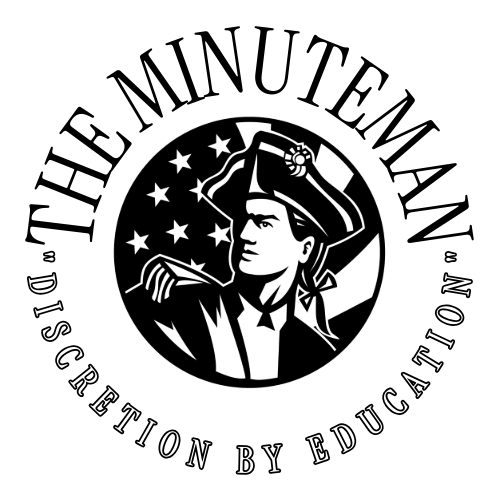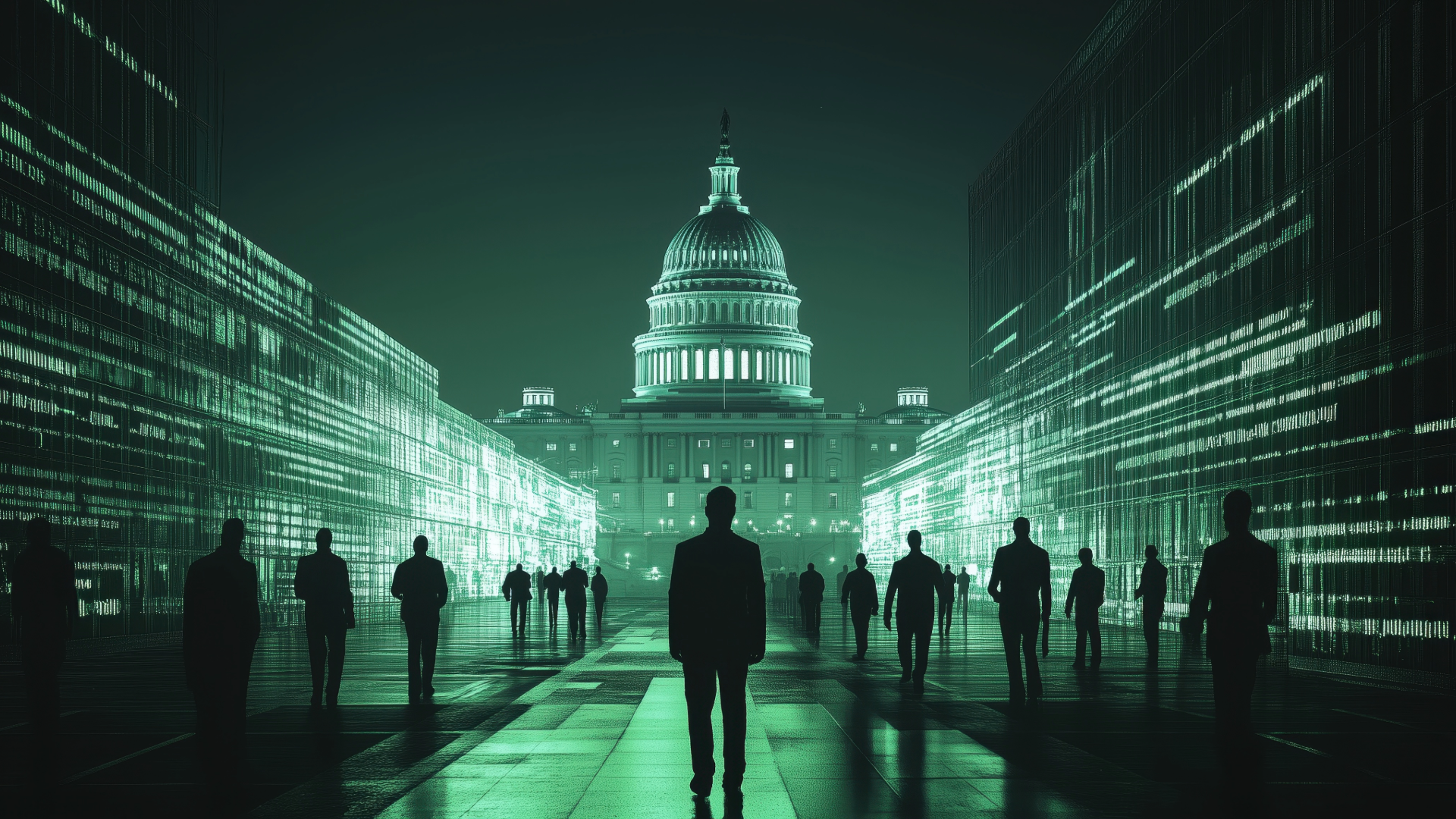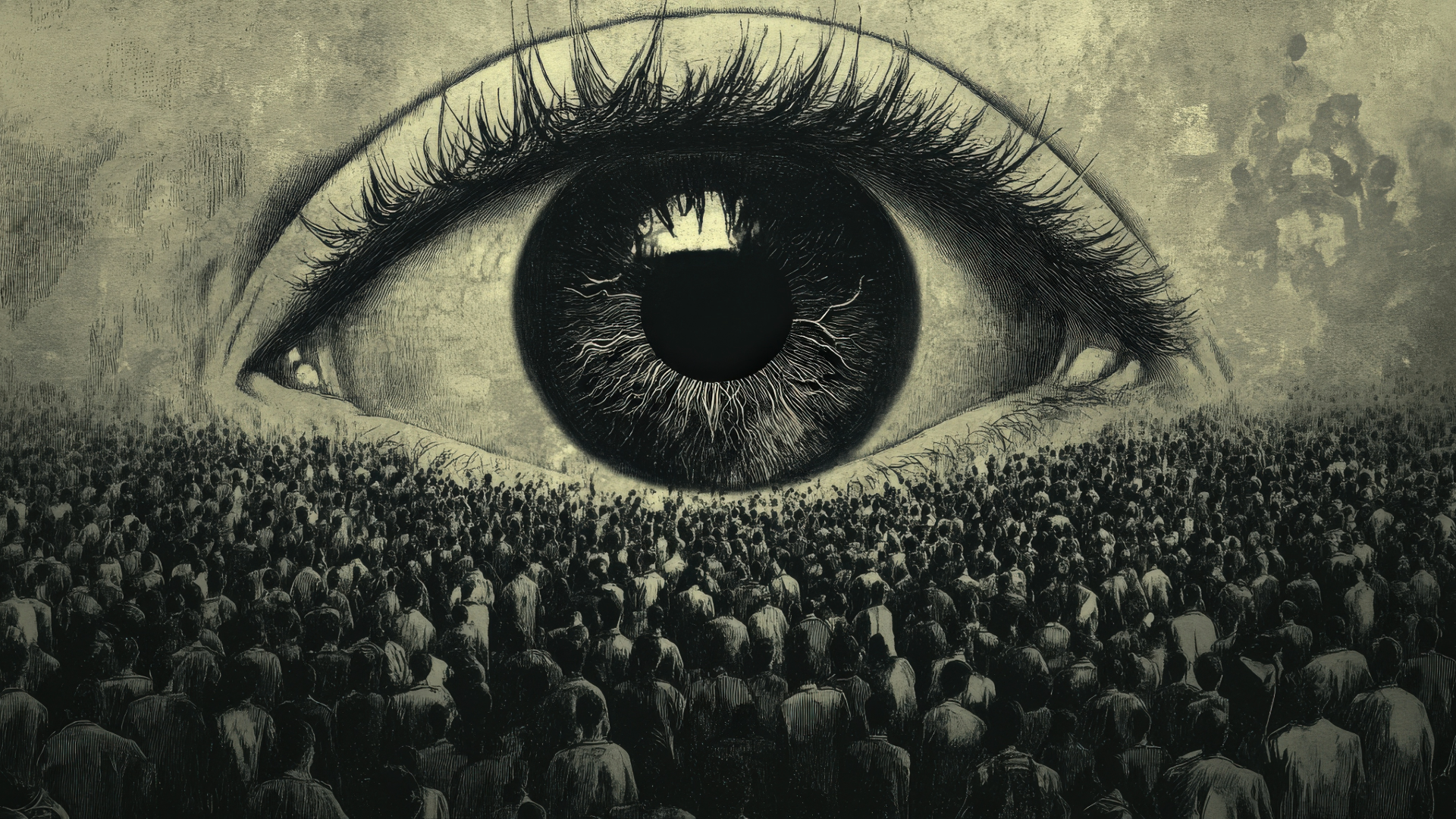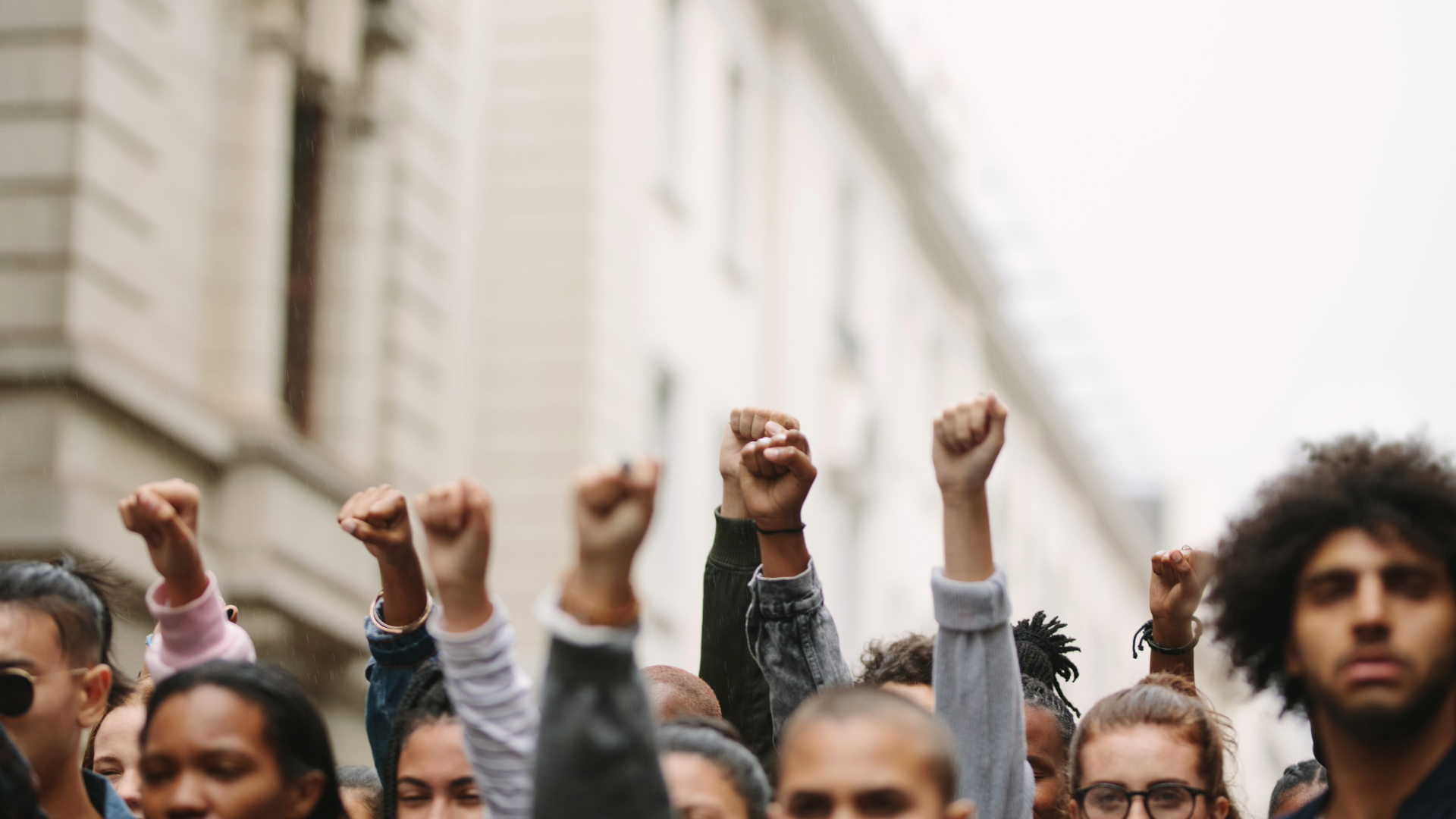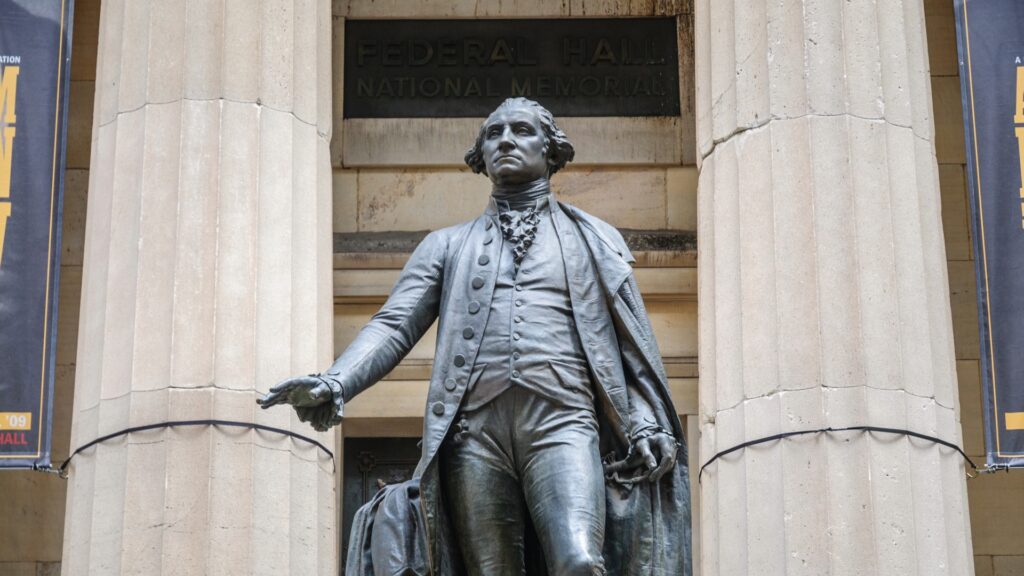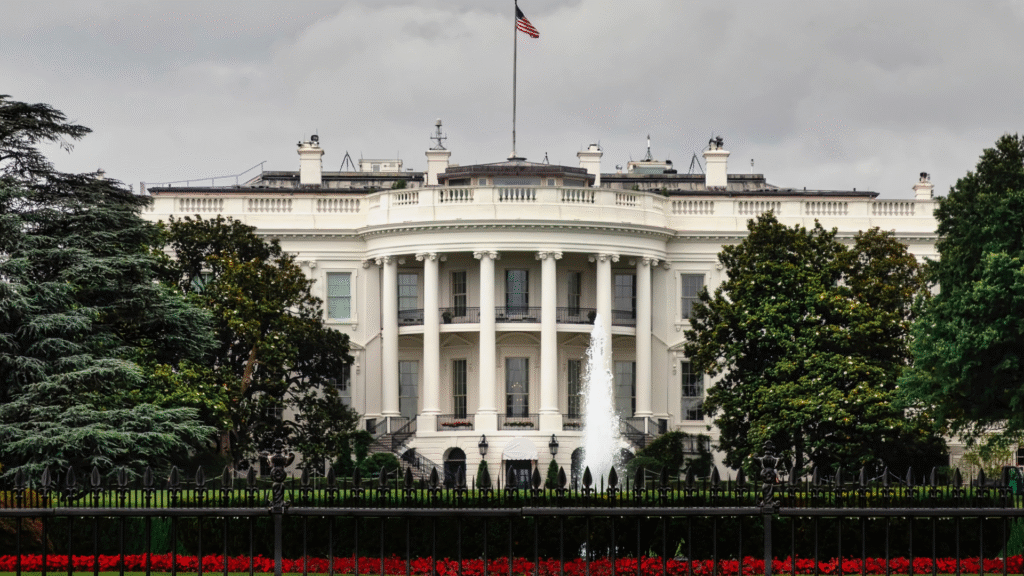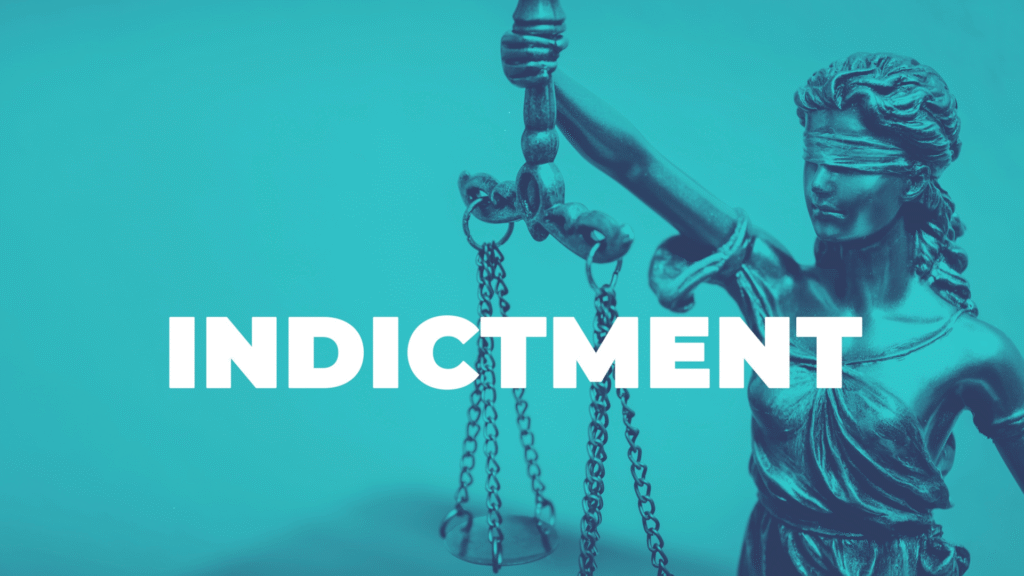Welcome to The Minuteman: Discretion by Education.
The Minuteman helps readers understand the news through context and clarity — not commentary. We don’t report the news — we explain the news. Because informed citizens make informed decisions — and that’s where democracy begins.
Trending Now
Explain the Topic
-
AI GPU Depreciation: How Accounting Choices Shape Reported Profits
An in-depth explainer on how AI GPU depreciation policies affect profits, investor trust, and financial reporting across major tech firms.
-
What Is a Technocracy?
A technocracy is a system of governance where decision-makers are selected based on their expertise in a given area, especially technical and scientific knowledge.
Understand the News
-
How Vaccine Misinformation Became U.S. Policy: The Long Road From Fringe Myth to the CDC’s Autism Reversal
A sudden change to the CDC’s vaccine guidance has revived a long-debunked myth: that vaccines may cause autism. No new evidence supports this shift. Instead, it reflects years of misinformation, political elevation of fringe beliefs, and the consolidation of power under RFK Jr., whose control of federal health policy now threatens the nation’s scientific infrastructure.
-
Why Electricity and Gas Prices Are Rising — And Why New Jersey Is at the Center of It
Electricity and gas prices are climbing sharply in New Jersey, and the reasons go far beyond any single policy or industry. Rising demand from data centers, volatile natural gas markets, aging infrastructure, and costly grid upgrades are converging to push household bills upward—revealing deeper challenges in how the region powers itself.
-
America’s Public Media Is in Crisis — What We Lose If Local Stations Go Dark
Public media is facing its most severe crisis in decades as federal funding disappears and local stations risk shutting down. The loss of these broadcasters could leave millions without reliable local news, emergency alerts, and vital community information.
